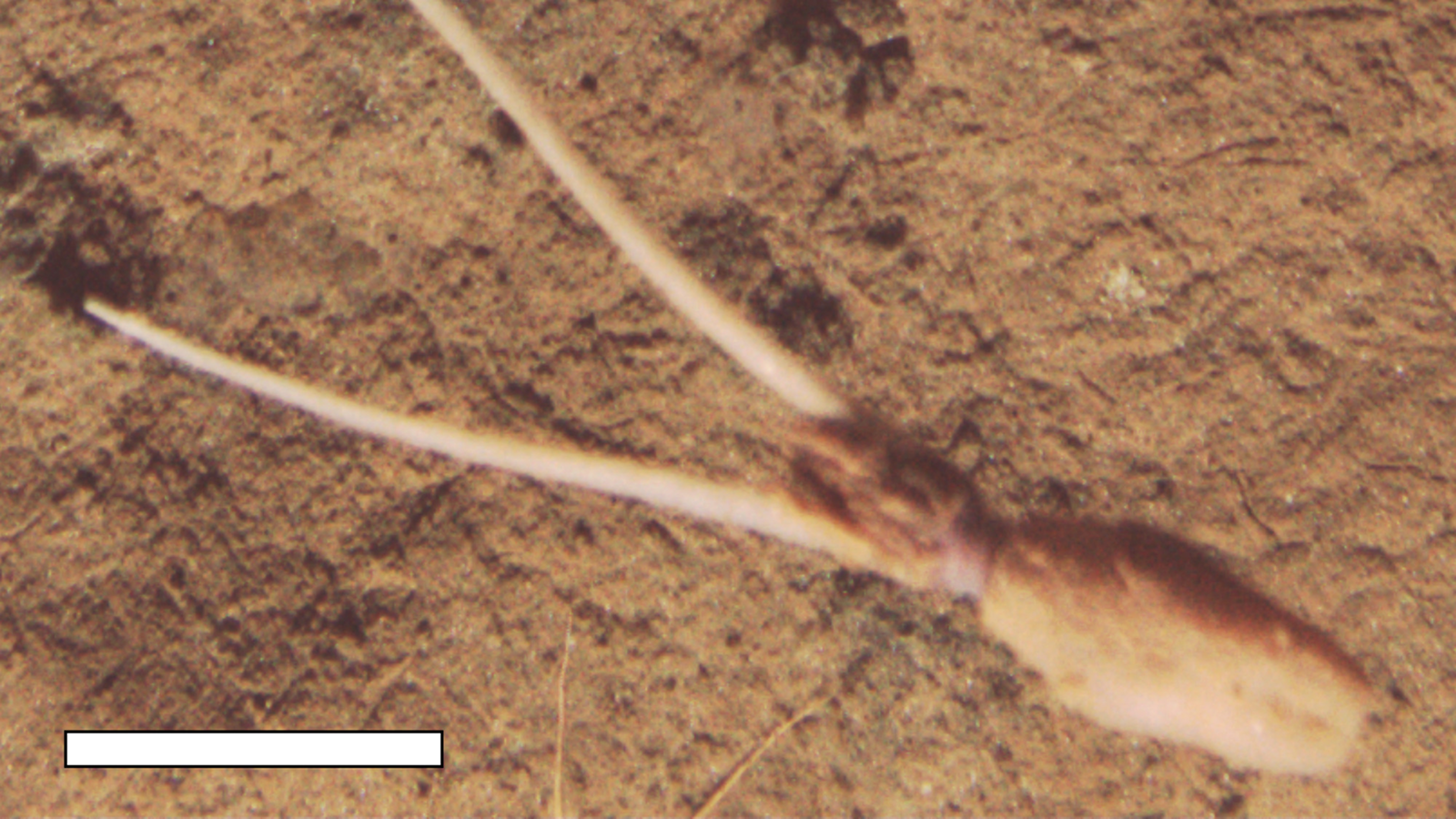Teen Brains Wired for Risk

Everyone knows that adolescents often make risky decisions. Now, researchers believe there are biological underpinnings for the poor choices.
Previous studies have found that teenagers tend to be more sensitive to rewards than either children or adults.
Russell Poldrack and fellow researchers from the University of Texas have taken the first major step in identifying which brain systems cause adolescents to have these urges and what implications these biological differences may hold for rash adolescent behavior.
"Our results raise the hypothesis that these risky behaviors, such as experimenting with drugs or having unsafe sex, are actually driven by overactivity in the mesolimbic dopamine system, a system which appears to be the final pathway to all addictions, in the adolescent brain," Poldrack said.
Poldrack, a professor in the departments of psychology and neurobiology, directs the university's Imaging Research Center, where researchers use functional Magnetic Resonance Imaging technology (fMRI) to study brain activity.
In the study, participants ranging in age from 8 to 30 performed a learning task in which they categorized an abstract image into one of two categories and were given feedback displaying the correct response.
To ensure motivation, they were given monetary rewards for each correct answer.
Get the world’s most fascinating discoveries delivered straight to your inbox.
What the researchers were most interested in, however, was how each participant's brain responded to "reward prediction error" (or the difference between an expected outcome of an action and the actual outcome) as they learned to categorize the images.
"Learning seems to rely on prediction error, because if the world is exactly as you expected it to be, there is nothing new to learn," Poldrack said. Previous research has shown that the dopamine system in the brain is directly responsive to prediction errors.
Researchers measured so-called positive prediction error signals in the participants' brains as the participants discovered the results of their answers and the size of their rewards.
Teenagers showed the highest spikes in these prediction error signals, which likely means they had the largest dopamine response.
Dopamine is known to be important for the motivation to seek rewards.
It follows, then, that the greater prediction error signals in the adolescent brain could result in increased motivation to acquire more positive outcomes, and therefore greater risk-taking.
Poldrack is confident future studies will further explore the biological reasons for stereotypical adolescent behavior.
As to whether any study can absolve teens of blame for their antics, he said, "That's a question for the philosophers."


